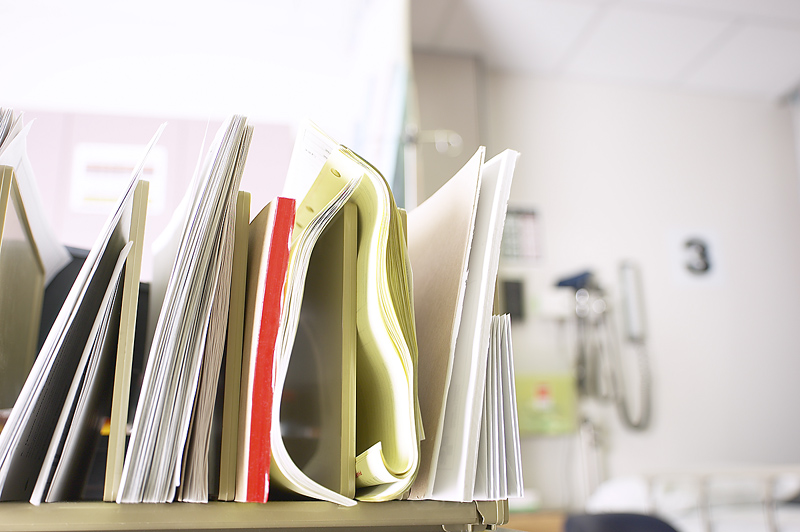
WEDNESDAY, Oct. 21, 2015As laws and attitudes about marijuana have relaxed in the past decade, the number of Americans who say they smoke pot has more than doubled, a new report shows.
And with that increase in use, there has come an increase in abuse: Nearly three of 10 marijuana users had a marijuana use disorder in 2012-2013, the researchers said.
“While the public increasingly sees marijuana as a harmless drug, its use does involve some risks of adverse consequences, and as the rate of marijuana users in the population increases, the risk of these consequences increases as well,” said lead researcher Deborah Hasin, a professor of epidemiology at Columbia University in New York City.
Health care professionals, policy makers and the public must deal with the findings in a balanced way, she added.
Laws and attitudes about marijuana are changing, Hasin said. To date, 23 states have medical marijuana laws and four of these states have also legalized marijuana for recreational use.
Looking at data on marijuana use is especially important, Hasin said, as “individuals continue to make personal choices about using marijuana, and the public continues to consider legalization.”
The report was published online Oct. 21 in the journal JAMA Psychiatry.
Another recent report, from the U.S. Centers for Disease Control and Prevention, found a doubling in marijuana use among high school students. The number of teens using marijuana had increased from 4 percent to 10 percent by 2013. And marijuana use jumped from 51 percent to 62 percent among teens who smoked cigarettes or cigars.
Paul Armentano, deputy director of NORML, a marijuana legalization advocacy group, doesn’t think that the potential health problems related to marijuana are any greater than those related to legal alcohol or tobacco.
“It has long been acknowledged that cannabis is a mood-altering substance with some risk potential,” he said.
However, these potential risks, when measured against other substances — including legal substances such as alcohol, tobacco and prescription medications — are not so great that they warrant keeping marijuana illegal, he added.
“By any rational assessment, the continued criminalization of cannabis is a disproportionate public policy response to behavior that is, at worst, a public health concern,” Armentano said. “But it should not be a criminal justice matter. These findings do little to change this fact.”
For this government-funded study, Hasin and her colleagues used government data on alcohol and drug use from 2001-2002 and 2012-2013.
The researchers found that the prevalence of marijuana use reached 9.5 percent of adults in 2012-2013, up from 4 percent in 2001-2002. Increased marijuana use was seen among women, blacks and Hispanics, as well as people living in the South and those middle-aged or older.
Not surprisingly, the prevalence of marijuana abuse or dependence also went up, from 1.5 percent in 2001-2002 to 2.9 percent in 2012-2013. Increases in abuse or dependence were especially high among people aged 45 to 64, and blacks, Hispanics, people with low incomes and people living in the South, according to the report.
Mitch Earleywine, a professor of psychology at the State University of New York at Albany and chairman of NORML, said the statistics can be misleading.
“We have entered an era where comparing old and new statistics on marijuana use and marijuana-related troubles has become confusing,” he said.
Although the number of people using marijuana has increased, it isn’t clear why, Earleywine said. One reason may be that people are being more honest about their marijuana use, he suggested.
“As attitudes about cannabis have changed, the propensity to lie about use and troubles has also changed,” Earleywine said. “One can easily imagine any research participant feeling more than a little reluctant to confess to an illegal behavior, especially in a face-to-face interview with researchers funded by the federal government.”
As laws have changed, so has the reluctance to be truthful, he said.
“Before we overinterpret pre- and post-legalization issues and flirt with a return to the dark days of prohibition filled with wasted police hours and a clogged court system, let’s remember that part of this increase in use likely reflects an increase in nothing more than candor,” Earleywine said.
More information
Visit the U.S. National Institute on Drug Abuse for more on medical marijuana.
Source: HealthDay
Copyright © 2025 HealthDay. All rights reserved.

Leave a Reply